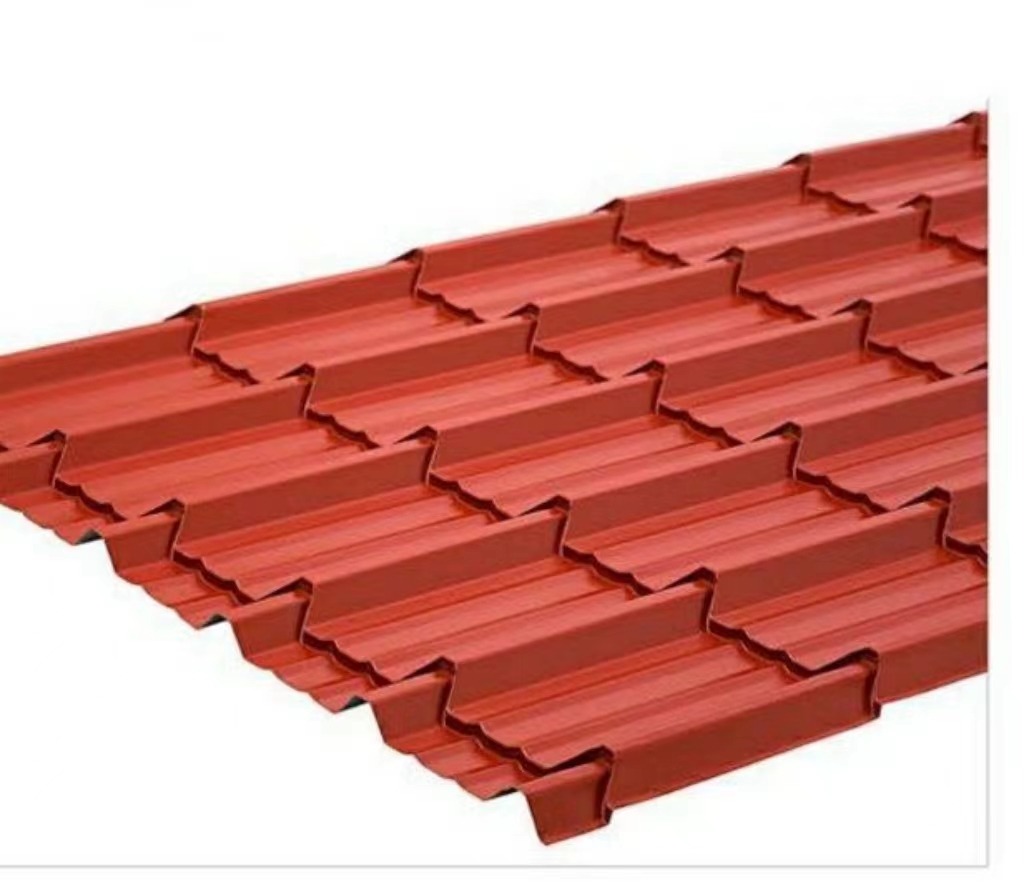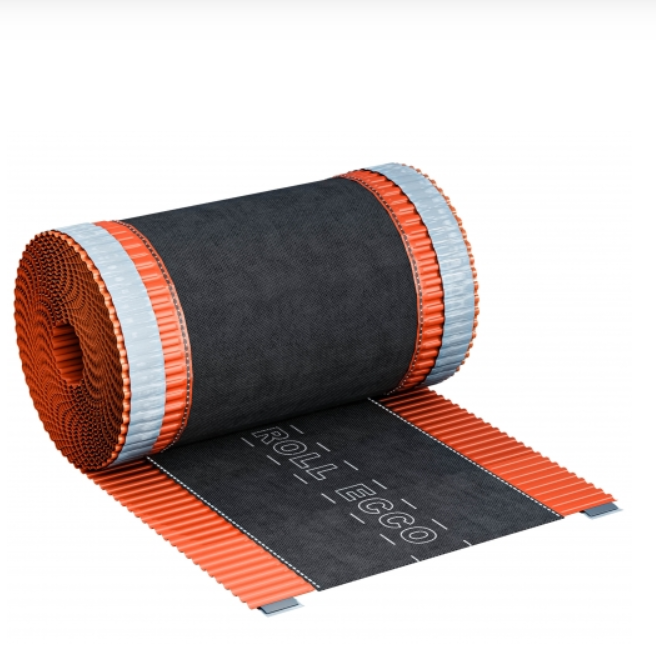Roof flashing is an essential element in building design, providing protection against water infiltration where the roof meets other structures, such as chimneys, walls, or roof valleys. Traditionally, lead flashing has been the go-to material for this purpose due to its malleability, durability, and effectiveness. However, as environmental concerns grow and construction technologies evolve, lead flashing is being replaced by more sustainable and efficient materials. One of the standout alternatives is Camel Roof Flashing, a product offered by Toptape. In this article, we will compare lead flashing and Camel Roof Flashing, highlighting their differences and making the case for Camel Roof Flashing as the superior option.
Table of Contents
Lead Flashing: The Traditional Choice
Lead flashing has been used in construction for centuries and is valued for several reasons:
Malleability: Lead is a soft metal that can easily be shaped and molded to fit various roof structures. This makes it ideal for creating a tight seal around chimneys, vents, and other irregular surfaces.
Durability: Lead is highly durable and can last for decades without deteriorating. It is resistant to corrosion and extreme weather conditions, making it suitable for both hot and cold climates.
Waterproofing: One of the primary functions of flashing is to prevent water from seeping into the roof. Lead’s natural properties allow it to provide excellent waterproofing, ensuring that buildings remain dry and protected.
Despite these advantages, lead flashing has its drawbacks. Environmental concerns about the toxicity of lead have led to increased regulations on its use. Lead is a heavy metal that can contaminate soil and water sources if not disposed of properly. Additionally, lead is expensive, and the installation process can be labor-intensive due to its weight.
Camel Roof Flashing: A Modern Solution
In contrast to lead, Camel Roof Flashing offers a more environmentally friendly and cost-effective solution while maintaining high performance. Toptape has developed this flashing product to address the shortcomings of traditional materials while providing excellent durability, flexibility, and ease of installation. Let’s examine the key differences between Camel Roof Flashing and lead flashing:
- Material Composition: Camel Roof Flashing is made from butyl rubber with a durable aluminum surface. The butyl layer offers excellent adhesive properties and waterproofing capabilities, while the aluminum surface provides UV resistance and weather durability. This composition makes it lighter and easier to handle compared to lead.
- Weight and Handling: One of the main challenges with lead flashing is its weight. Lead is heavy, which increases transportation costs and makes installation more labor-intensive. Camel Roof Flashing, on the other hand, is lightweight and easy to handle, which significantly reduces installation time and costs. This also makes it easier for contractors to transport and install on-site, improving overall efficiency.
- Environmental Impact: Lead is toxic and poses environmental risks, especially during the disposal process. Regulations surrounding the use of lead are becoming stricter in many regions, making it a less attractive option for modern construction. Camel Roof Flashing is environmentally friendly and free from toxic materials, offering a sustainable alternative that aligns with green building practices.
- Durability and Weather Resistance: While lead is known for its durability, Camel Roof Flashing provides a comparable level of resistance to extreme weather conditions. The aluminum surface protects against UV rays and corrosion, ensuring that the flashing remains intact and functional for many years. Additionally, the butyl rubber layer maintains its adhesive strength, even in fluctuating temperatures, ensuring a strong bond to the roof surface.
- Cost-Effectiveness: Lead is not only expensive to purchase but also to install. Its high weight demands more labor and time for installation, which drives up project costs. Camel Roof Flashing, being more affordable and easier to work with, offers significant cost savings both in terms of materials and labor. Contractors can complete projects faster, which benefits both builders and homeowners.

Camel Roof Flashing as a Lead Replacement
Given the comparison between lead flashing and Camel Roof Flashing, it is clear that Camel Roof Flashing offers several advantages over its traditional counterpart. It addresses many of the environmental and practical concerns associated with lead, making it a viable replacement in modern construction.
- Sustainability: As the construction industry moves toward more sustainable practices, the demand for eco-friendly materials is on the rise. Camel Roof Flashing is a non-toxic, environmentally responsible option that aligns with the goals of green building. Builders can meet regulatory requirements while also contributing to environmental preservation by opting for this product.
- Ease of Installation: The lightweight and flexible nature of Camel Roof Flashing allows for easier installation, reducing labor time and costs. This makes it an attractive option for both large-scale commercial projects and smaller residential installations. Contractors can quickly mold the flashing around roof structures, ensuring a tight, waterproof seal.
- Durability: While lead is known for its longevity, Camel Roof Flashing provides a comparable level of durability without environmental and health risks. The aluminum surface offers protection against UV damage, while the butyl rubber ensures a strong adhesive bond that remains intact over time.
- Cost Savings: By replacing lead with Camel Roof Flashing, builders and homeowners can enjoy significant cost savings. The lower price point of the materials, combined with reduced installation time, makes Camel Roof Flashing a more economical choice for roofing projects.
Toptape's Camel Roof Flashing
Toptape is a trusted name in the construction industry, known for our high-quality, innovative roofing solutions. Our company has developed Camel Roof Flashing as part of its commitment to providing sustainable, durable, and effective roofing products. Here’s why Toptape’s Camel Roof Flashing stands out:
- Innovative Materials: We use state-of-the-art technology to produce Camel Roof Flashing with high-grade butyl rubber and durable aluminum. This combination ensures that the product performs well in both residential and commercial applications.
- Versatility: Our Camel Roof Flashing is suitable for use in a wide range of roofing applications. Whether it’s sealing chimneys, skylights, roof valleys, or other penetrations, this flashing provides a reliable waterproof barrier.
- Customer Support: Toptape is committed to customer satisfaction. The company offers comprehensive support for all its products, ensuring that builders and homeowners have access to expert guidance during installation and maintenance.
- Sustainability Focus: We recognizes the importance of environmentally friendly construction materials. By offering Camel Roof Flashing as a lead-free alternative, our contributes to the industry’s efforts to reduce its environmental footprint.
Camel Roof Flashing is an excellent replacement for traditional lead flashing, offering advantages in terms of sustainability, ease of installation, durability, and cost-effectiveness. With growing environmental concerns and the rising demand for efficient building materials, Toptape’s Camel Roof Flashing is the ideal choice for modern construction projects. It provides the same level of protection as lead flashing without the drawbacks, making it a smart investment for builders and homeowners alike.







